Mechanics Experiments
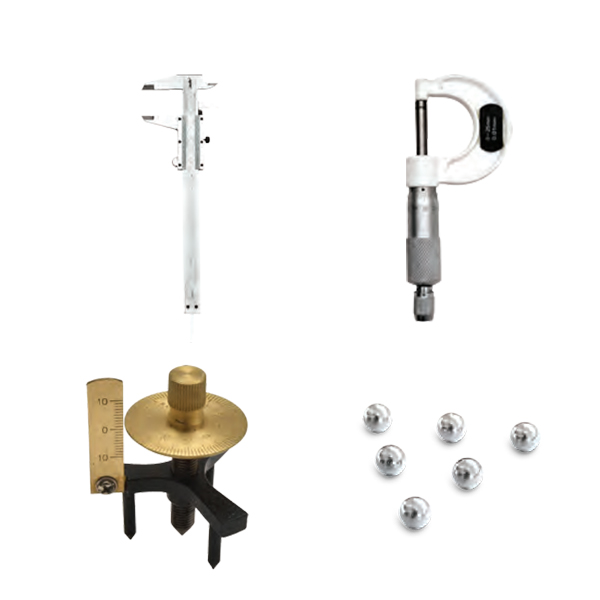
Fine Measurements
This experiment focuses on using precision measurement tools such as vernier calipers, micrometers, and screw gauges. These instruments help measure small lengths, diameters, and thicknesses with high accuracy.
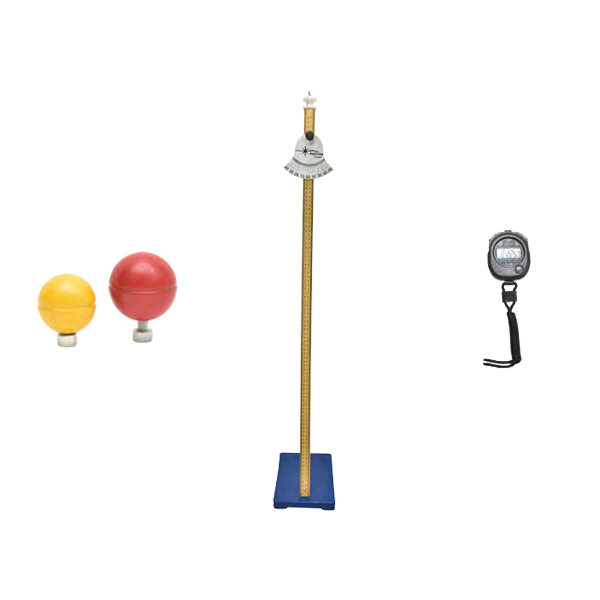
Simple Pendulum
A simple pendulum consists of a mass (or bob) attached to a string or rod of negligible mass, swinging back and forth under the influence of gravity. The period of oscillation depends on the length of the string and the acceleration due to gravity.
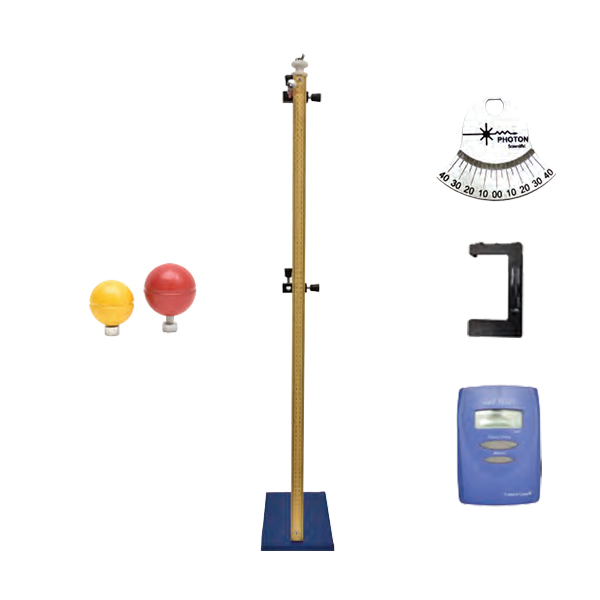
Simple Pendulum - By Photo Gate
This variation of the simple pendulum experiment utilizes a photo gate to measure the time period of oscillation more accurately. The photo gate detects the motion of the pendulum and records time intervals electronically.
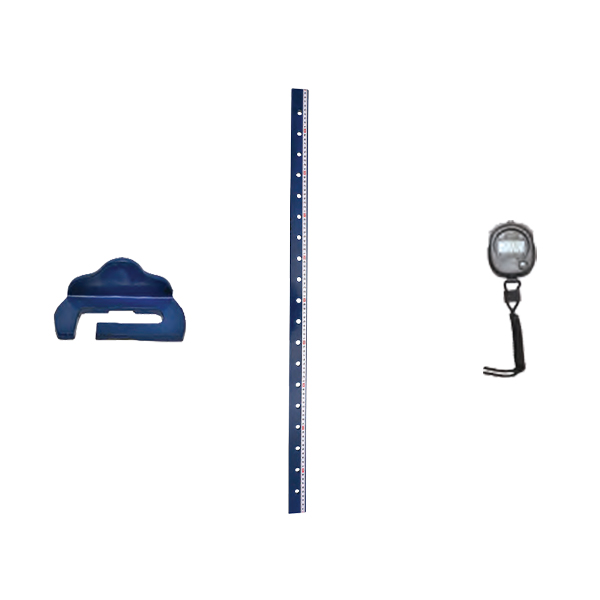
Compound Pendulum
A compound pendulum consists of a rigid body swinging about a fixed horizontal axis.
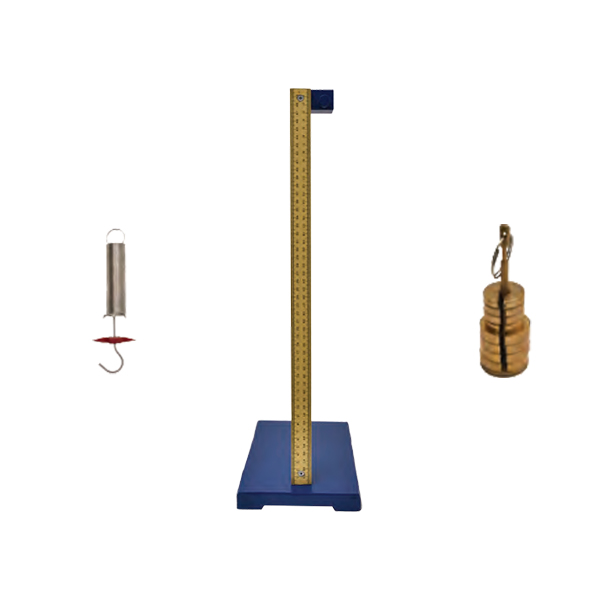
Hook’s Law
Hook’s law states that the force required to extend or compress a spring is proportional to the displacement
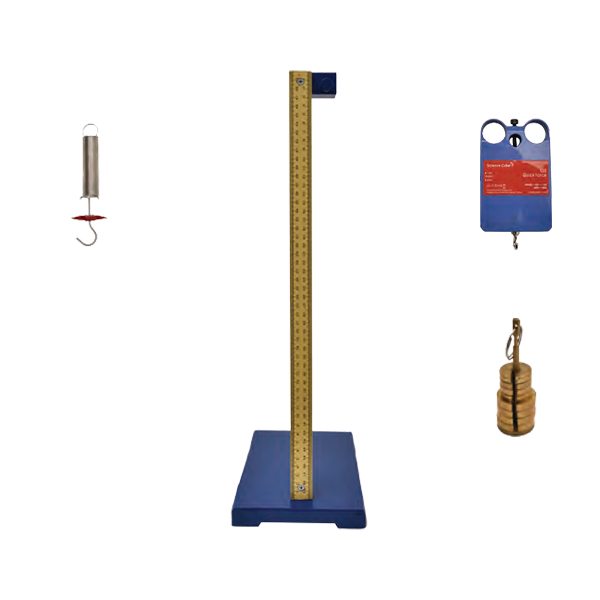
Hook’s Law – With Force Sensor
This experiment uses a force sensor to measure the applied force and the resulting displacement in real-time, providing more accurate verification of Hook’s law.
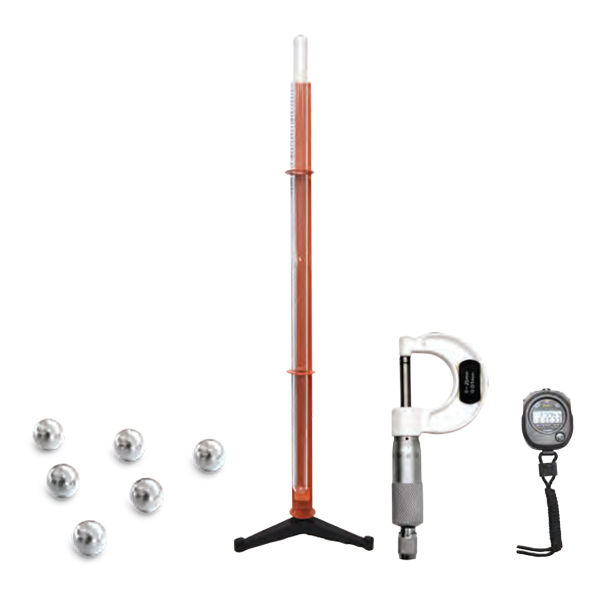
Viscosity
Viscosity measures a fluid’s resistance to flow. This experiment typically involves dropping a sphere in a viscous liquid and using Stokes’ law to determine viscosity
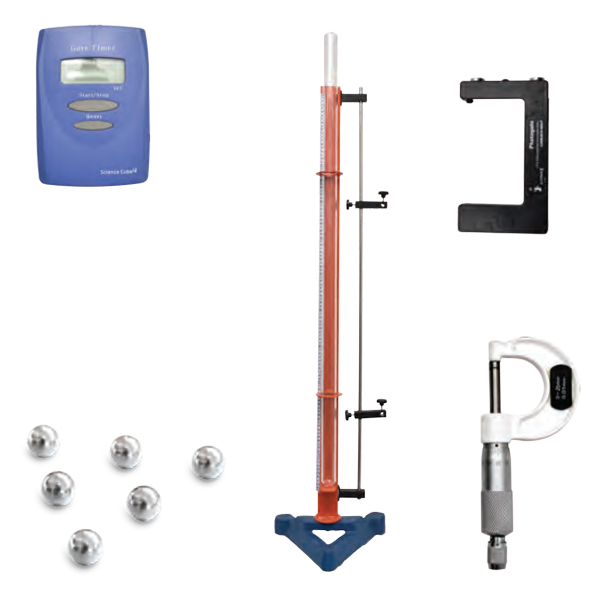
Viscosity – With Photo Gate
This variation uses a photo gate to measure the velocity of a falling sphere in a viscous fluid more precisely.
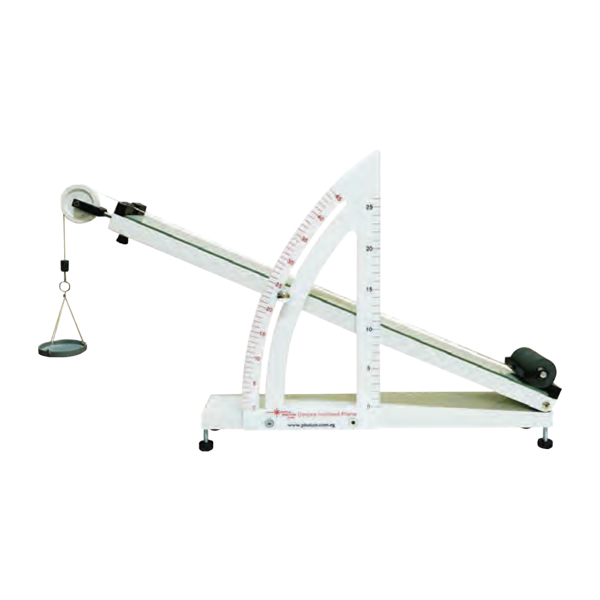
Inclined Plane
This experiment investigates motion on an inclined surface, helping to determine acceleration and frictional effects.
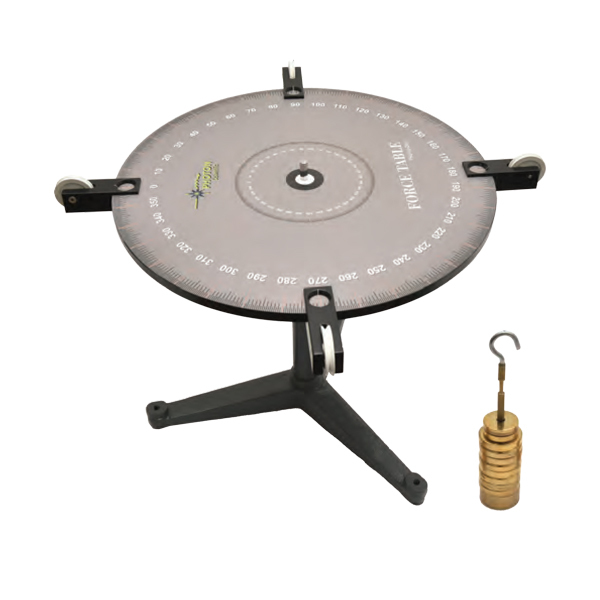
Force Table
A force table is used to study vector addition of forces. By adjusting the angles and magnitudes of applied forces
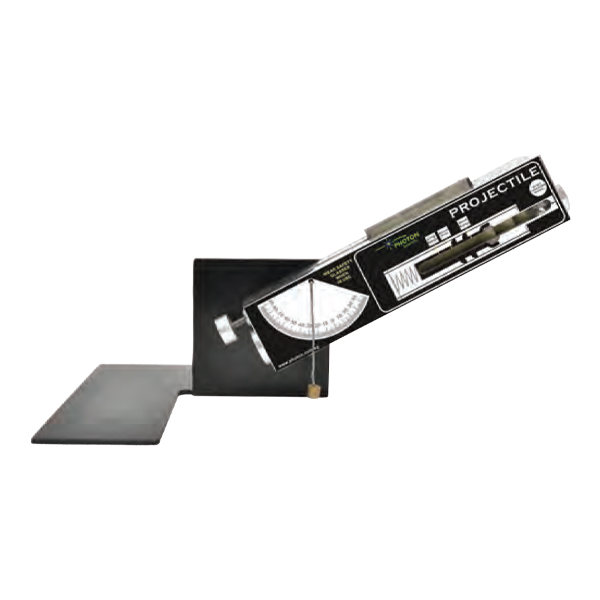
Projectiles
This experiment studies the motion of a projectile launched at an angle.
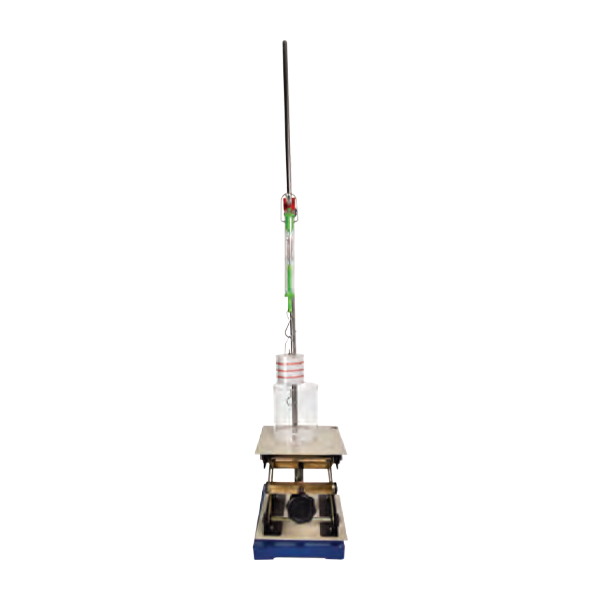
Archimedes’ Law
Archimedes’ principle states that a body submerged in a fluid experience an upward buoyant force equal to the weight of the displaced fluid.
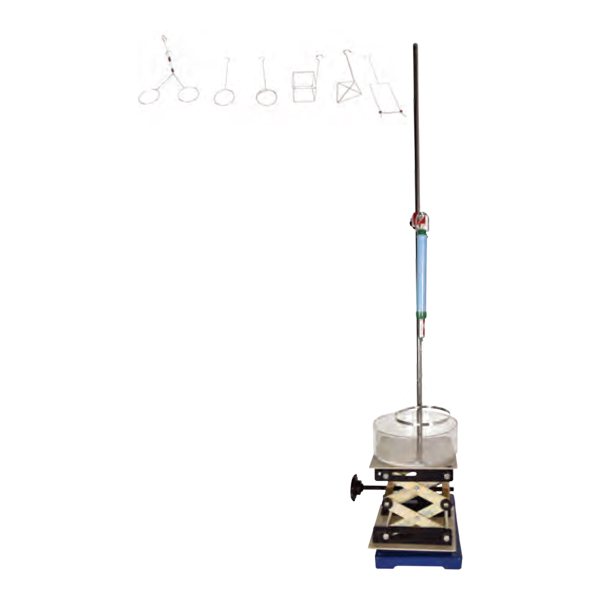
Surface Tension
Surface tension is the property of a liquid that allows it to resist external force due to cohesive forces between molecules. It is measured using capillary rise or drop weight methods.
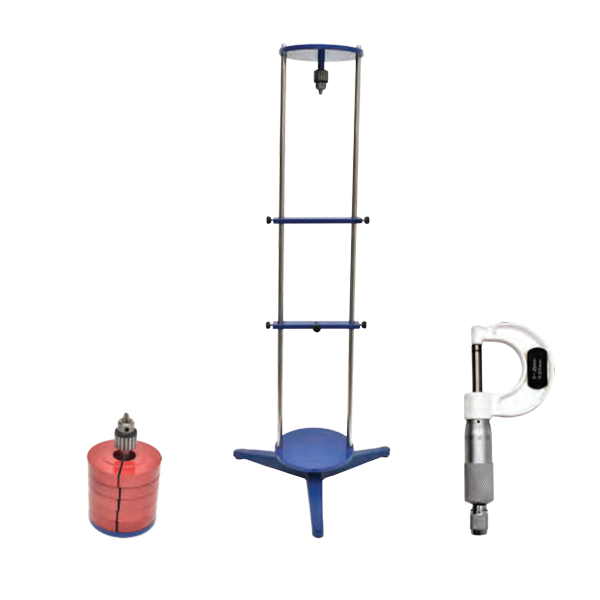
Young’s Modulus of a Wire
Young’s modulus (Y) is a measure of a material’s stiffness
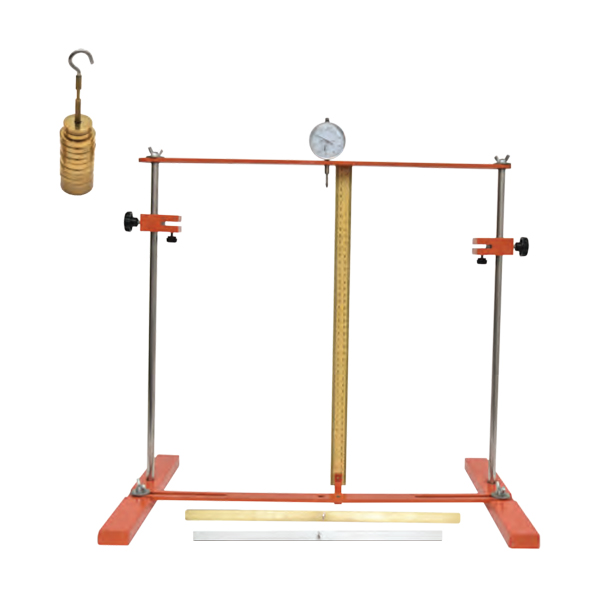
Young’s Modulus of a Rod
This experiment extends the study of elasticity by measuring Young’s modulus for a rod under bending or stretching forces.
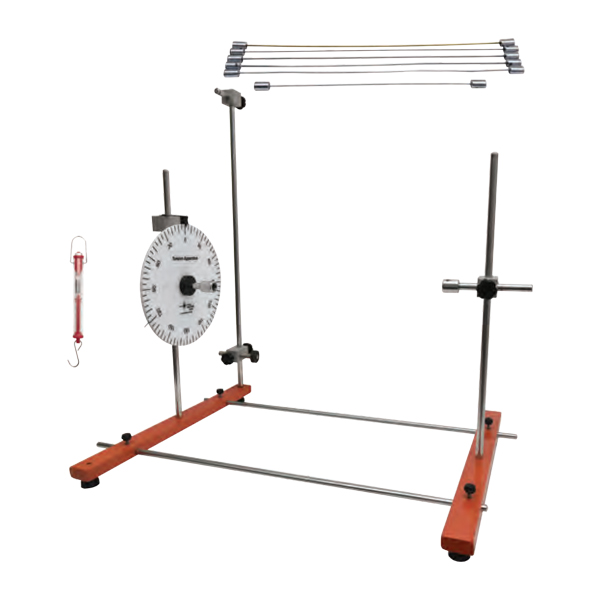
Torsion Apparatus
The torsion apparatus experiment measures the elastic properties of metal rods by observing torsion oscillations and the corresponding torque.
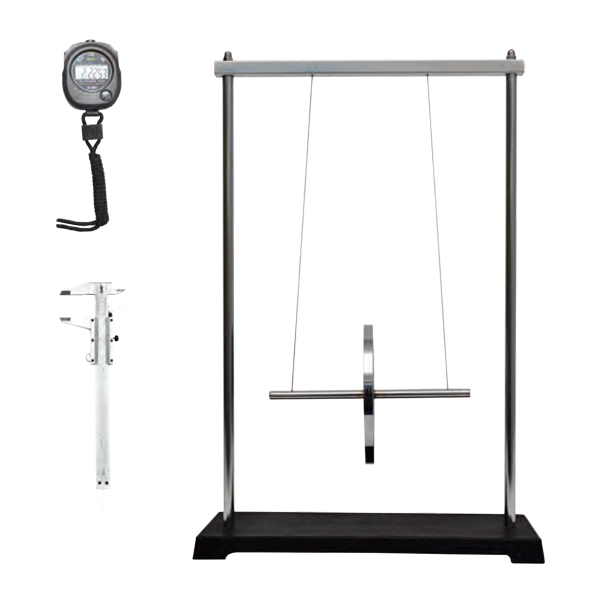
Maxwell’s Wheel Experiment
This experiment studies rotational motion and conservation of energy using a wheel suspended by a string.
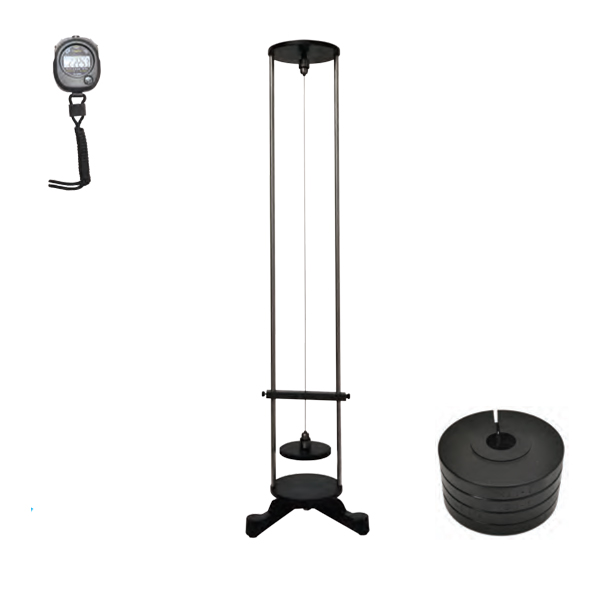
Determination of Rigidity Modulus
The rigidity modulus (G) quantifies a material’s resistance to shear deformation. It is determined using torsional oscillations in a rod.
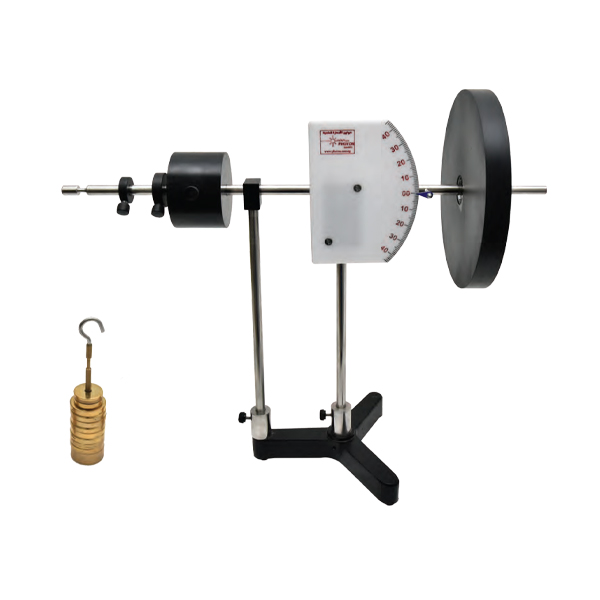
Gyroscope Experiment
A gyroscope consists of a spinning wheel that maintains its orientation due to angular momentum conservation. This experiment explores precession, nutation, and stability.
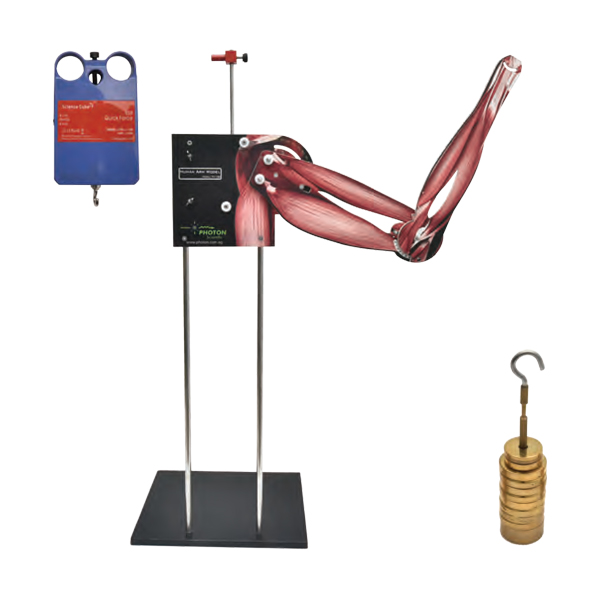
Human Arm Model
This experiment simulates the biomechanics of the human arm by analyzing forces, torques, and muscle mechanics.
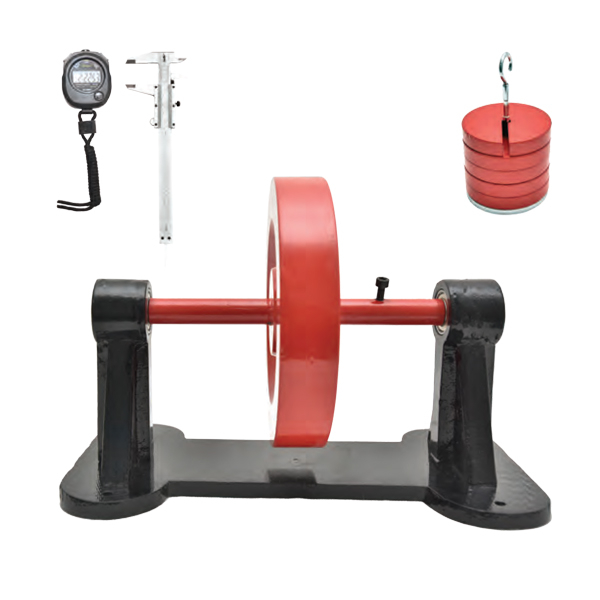
Flywheel
A flywheel is a rotating disk used to store rotational energy. The experiment measures its moment of inertia and angular velocity to understand energy conservation.
